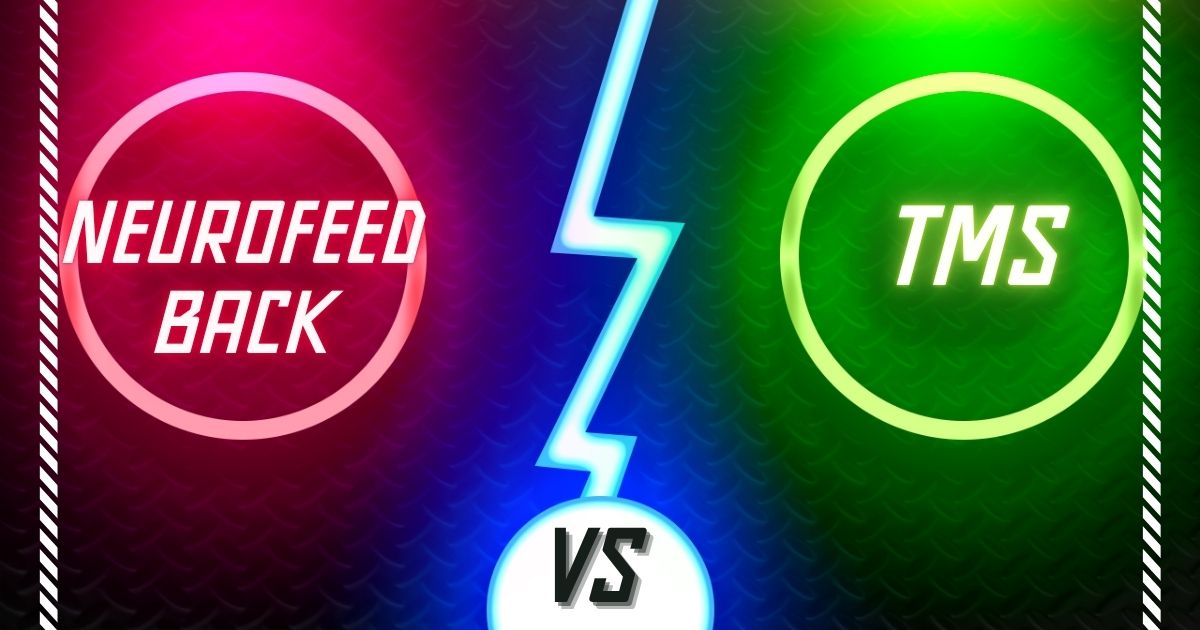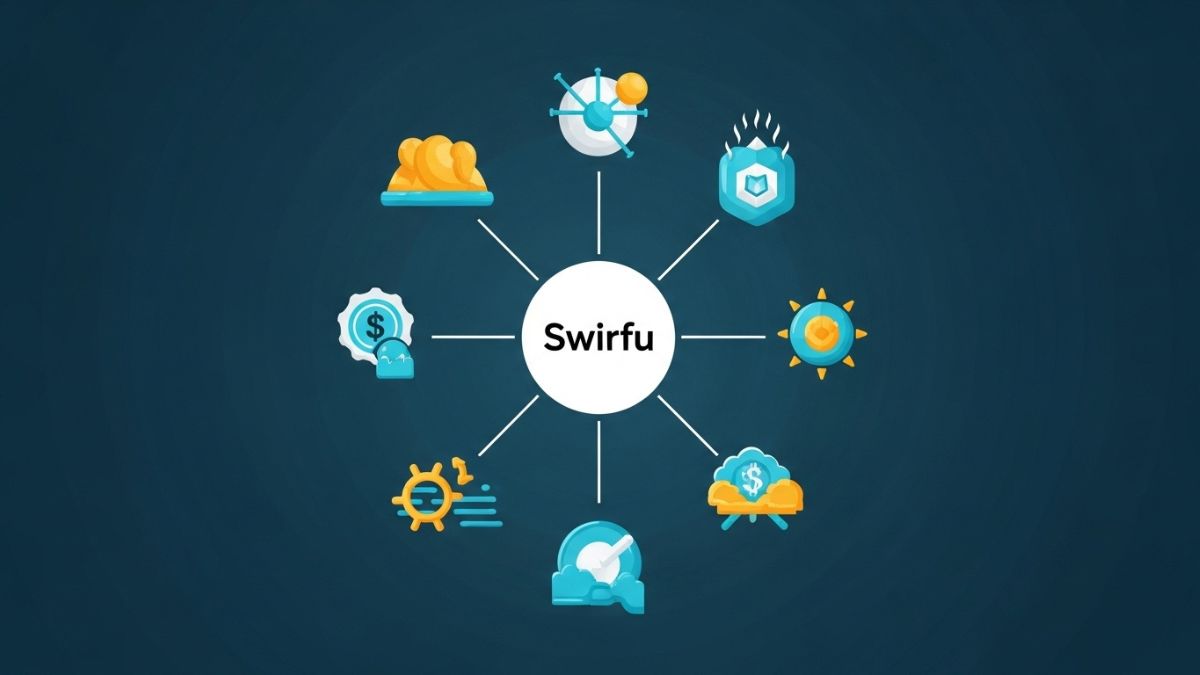In today’s fast-paced world, mental health issues are more visible than ever. People are actively seeking alternatives to medication to manage conditions like depression, anxiety, PTSD, ADHD, and more. Two non-invasive brain therapies are leading this shift: Neurofeedback and Transcranial Magnetic Stimulation (TMS). While both aim to regulate brain function, they differ significantly in approach, technology, effectiveness, and use cases.
Understanding Neurofeedback
Neurofeedback, also known as EEG biofeedback, is a therapeutic technique that trains your brain by using real-time displays of brain activity. The idea is to guide the brain into healthier patterns using visual or auditory feedback.
How Neurofeedback Works
Neurofeedback works by placing sensors on your scalp to detect brainwaves. These waves are displayed on a screen, often as a game or video. When your brain produces the desired wave patterns, the system rewards you with positive feedback. Over time, your brain learns to stay in that optimal state.
Benefits of Neurofeedback Therapy
One of the biggest draws of neurofeedback is its personalized and drug-free approach. It has shown promise for a wide range of conditions including anxiety, insomnia, migraines, autism, and ADHD. It is especially appealing to parents looking for alternatives for their children.
Understanding Transcranial Magnetic Stimulation (TMS)
TMS is a more recent and medically intensive therapy. It uses magnetic fields to stimulate nerve cells in the brain. TMS is FDA-approved, especially for treatment-resistant depression, and is often used when other therapies fail.
How TMS Therapy Functions
TMS therapy involves placing a magnetic coil on the scalp, usually near the forehead. The device sends painless magnetic pulses to targeted brain areas associated with mood control. These pulses activate neurons, essentially jump-starting underactive parts of the brain.
Benefits of TMS Therapy
TMS stands out for its success in people who haven’t responded to medications. It’s also non-invasive and doesn’t require anesthesia or downtime. Patients often experience mood improvement within weeks, especially in cases of depression.
Key Differences Between Neurofeedback and TMS
The most fundamental difference lies in their mechanism. Neurofeedback teaches your brain to self-regulate over time. TMS, on the other hand, delivers direct magnetic stimulation. Neurofeedback is often seen as a longer-term training solution, while TMS is more of a direct intervention.
Conditions Treated by Neurofeedback
Neurofeedback is widely used for:
ADHD
Anxiety
PTSD
Sleep disorders
Epilepsy
Learning disabilities
It’s known for being gentle and suitable even for children or those sensitive to medication.
Conditions Treated by TMS
TMS is most commonly prescribed for:
Major depressive disorder
OCD (Obsessive-Compulsive Disorder)
Anxiety
PTSD
Bipolar depression
TMS is especially valuable when other options fail, making it a choice for more severe or treatment-resistant conditions.
Time Commitment and Duration of Treatment
Neurofeedback generally requires a longer commitment—20 to 40 sessions, each lasting 30 to 60 minutes. It’s a gradual process, focusing on training rather than instant change.
TMS is typically done 5 days a week for 4 to 6 weeks, with sessions lasting 20 to 40 minutes. Although faster, the commitment is more intense and usually in a clinical setting.
Side Effects and Safety
Neurofeedback is considered very safe with minimal side effects. Some people may feel tired or have temporary headaches after sessions, but serious side effects are rare.
TMS, while non-invasive, can cause mild side effects like scalp discomfort, headaches, or twitching. In very rare cases, it can cause seizures, especially if improperly administered.
Cost and Insurance Coverage
Neurofeedback can cost between $75 to $200 per session, and it’s often not covered by insurance. Since it’s considered an alternative or complementary therapy, many people pay out of pocket.
TMS, being FDA-approved for certain conditions, is more likely to be covered by insurance. However, it can still be expensive, ranging from $6,000 to $12,000 for a full course.
scientific Backing and Approval Status
TMS is FDA-approved for treating major depression and OCD, giving it strong medical credibility. Clinical trials support its effectiveness, especially in severe cases.
Neurofeedback, while supported by many case studies and clinical practice, lacks widespread FDA approval. It’s still considered an experimental or alternative treatment in many regions.
Accessibility and Convenience
Neurofeedback can often be done at home with portable devices under a clinician’s guidance. This makes it convenient for long-term therapy, especially for children or those with mobility issues.
TMS must be done in a medical setting by trained professionals. While effective, it lacks the convenience and flexibility that neurofeedback offers.
Who Should Choose Neurofeedback
If you’re looking for a gentle, self-guided method with long-term benefits and minimal side effects, neurofeedback may be ideal. It’s particularly useful for conditions like ADHD, anxiety, and sleep disorders.
Who Should Choose TMS
TMS is best suited for individuals with treatment-resistant depression or OCD. If you’ve tried multiple medications and therapies with little success, TMS might offer the relief you’re seeking.
Final Verdict
Both therapies offer hope where traditional treatments fall short. Neurofeedback empowers the brain to self-correct over time, making it ideal for mild to moderate issues and ongoing mental fitness. TMS, on the other hand, is a strong, clinically validated tool for more severe or stubborn conditions. Your choice depends on your condition, goals, budget, and preference for intensity versus longevity.
Conclusion
When it comes to improving brain health, there’s no one-size-fits-all. Neurofeedback and TMS each have their place in the world of mental wellness. Understanding the differences helps you choose the right path toward recovery or enhancement. Whether you’re training your brain to stay focused or stimulating it to lift depression, modern neuroscience has something powerful to offer.
FAQs
Is neurofeedback better than TMS for anxiety?
Neurofeedback is often more suited for anxiety due to its gentle, self-regulating approach, though TMS may help in more severe cases.
How soon can I expect results from TMS?
Most people notice improvement after 2–4 weeks of consistent TMS sessions, although some respond faster.
Can neurofeedback and TMS be combined?
Yes, some clinics offer a hybrid approach for patients who can benefit from both brain training and magnetic stimulation.
Are there any risks with home neurofeedback devices?
Home devices are generally safe if used under professional supervision. However, improper use can lead to discomfort or poor results.
Which therapy is more suitable for children?
Neurofeedback is usually preferred for children, especially those with ADHD or learning disorders, due to its non-invasive and safe nature.











